While WW1 casualty figures are imprecise, due to incomplete sources and inconsistent record-keeping, it is generally accepted that the Commonwealth nations which supported Britain during WW1, lost at least 250,000 men killed and 500,000 wounded. The British Army consisted of six million troops, from six different continents: Europe, North America, South America, Australasia, Asia and Africa. They provided invaluable military, financial and material support and distinguished themselves in all theatres of war. Commonwealth troops developed a reliable, fighting reputation, where they were often used in the “hot spots” of battle. This exacerbated Commonwealth casualties during WW1. 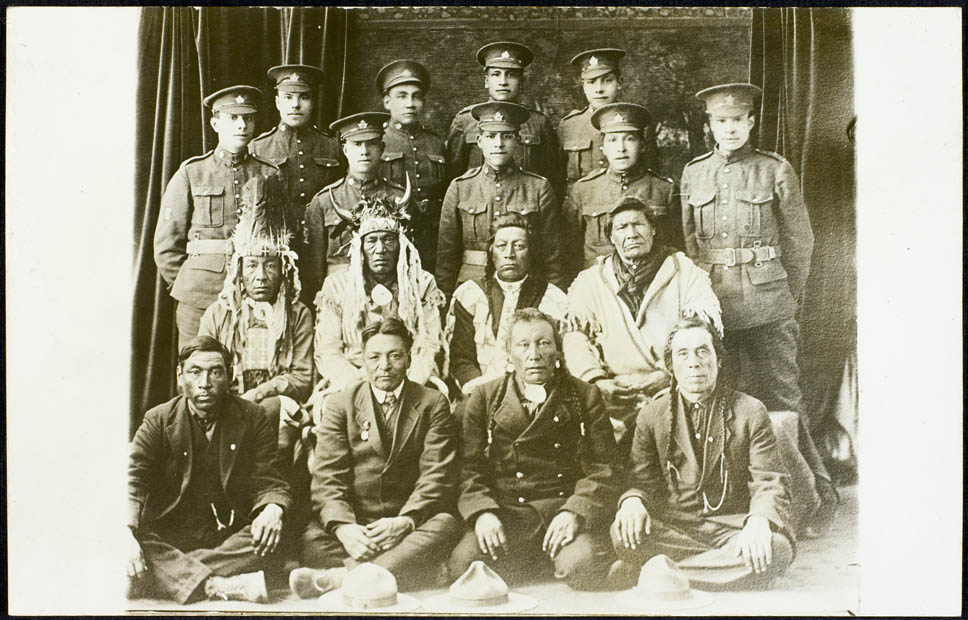
-
New Zealand lost 18,058 killed and over 40,000 wounded out of the 98,950 who served overseas. About 25% of these men were born in Britain. This was a casualty rate of approximately 60%. With a population of over one million people, some 10% of New Zealanders served in WW1. The 120,000 New Zealanders that enlisted, included 2200 Maori and around 460 Pacific Islanders. Of the 2227 men who had served in the Māori Pioneer Battalion since 1914, nearly half became casualties – with 336 dead and a further 734 wounded. Thirty eight members of the contingent and pioneer regiments received the Military Medal while four received the Distinguished Conduct Medal and nine the Military Cross.
-
80% of New Zealanders who fought in WW1 were volunteers and nearly two thirds of these would become casualties. Another 8,000 New Zealand civilians lost their lives in 1918 during the world-wide Spanish Flu pandemic – brought back to the country by returning soldiers. Of New Zealand’s 60,000 war casualties, 2,779 New Zealanders died at Gallipoli, with another 7,959, casualties during the Somme Offensive and another 843 were killed on a single day, the 12th October 1917, at the assault on Bellevue Spur, Passchendaele.
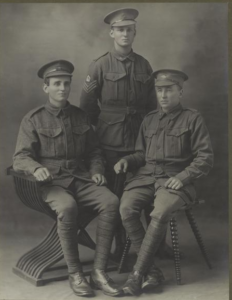
Seabrook brothers. L-R: Theo, William and George Seabrook, 17th Australian Infantry Battalion. All killed at Passchendaele, 20th September 1917 There are well over 500 public memorials in New Zealand to the soldiers of the Great War, 1914 – 1918, reflecting few communities untouched by war casualties. Among them are the four Christopher brothers from Invercargill, that died in four different years of World War I, and are buried in four different parts of Europe. New Zealanders were awarded 11 Victoria Crosses (VC) for bravery during the First World War. At least 3,370 New Zealanders also served in the Australian or British imperial forces, winning a further five Victoria Crosses.
-
Australia’s casualties were 62,000 killed and 156,000 wounded, out of 334,000 who served overseas. In all 416,809 Australians enlisted for service in the First World War, representing 38.7% of the male population aged 18 to 44. All Australians were Volunteers. Australia had no conscription during the WW1 (like South Africa). They were paid five times higher than the British Tommy. Five shillings a day, compared to one shilling (5p) for a British Private. About 20% of Australian troops were born in Britain.
-
Australians served with distinction throughout WW1, at Gallipoli, in Egypt, Palestine, on the Western Front and in many other theatres of war. Their casualty rate of 68%, with 20% killed, was one of the highest proportions of all combatant nations. Casualties among the initial volunteers were so high, that of the 32,000 original soldiers of the AIF only 7,000 would survive to the end of the war. Recent research by the National Archives of Australia, suggests that Australian WW1 casualties may be even higher than officially recognised – with hospitalisation exceeding 750,000, and perhaps only 10% returning from the war unscathed. A further 8,000 former Australian servicemen, also died of war related injuries by the time of the 1933 Australian Census.
-
In a nation of just five million, the war cut a swathe through Australian society; few families were untouched by tragedy in some way.
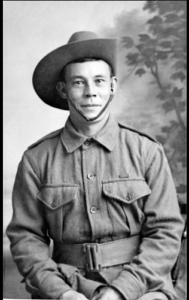
William Edward “Billy” Sing, DCM, (1886-1943), was an Australian Sniper, of Chinese descent. He was credited with at least 150 “kills” at Gallipoli. Badly wounded, several times, he died in obscurity and poverty in Brisbane in 1943. In the state of Victoria, 89,000 men served overseas and 19,000 were killed. New South Wales lost 21,000, with another 50,000 wounded. Tasmania lost 2,900 men from the 15,000 that served.
-
The WW1 Australian war dead, include 2,800 sets of brothers. More than 150 families lost three sons and at least five more families lost four sons. One of the many sacrifices includes, Private, James Charles Marshall, the only son of six children, who died at Gallipoli aged 14, one of 20 Australian soldiers under the age of 18 known to have died in war. Also, the three Seabrook brothers, from Sydney, New South Wales, who were all killed at Passchendaele. Also Frederick and Maggie Smith, from the rural South Australian hamlet, Yongala (population 240), who are believed to have lost six of their seven sons in the war. None of their names appear on the Yongala ww1 Memorial, but three Potter brothers do – all killed on the same day, at Mouquet Farm, the Somme, on the 3rd September 1916. The losses of the First World War would cast a long shadow over Australia for decades.
-
Some 1,500 war Australian memorials were built to remember the 62,000 that had been killed. Australian war memorials are distinctive in that they often commemorate all those who served, as well as the dead. This reflects the community effort to raise Australia’s first national army, all of which were volunteers and not conscripts. They reveal Australia’s Imperial and National identities, which at the time, were not seen as conflicting, the skills of local stonemasons, metal workers and architects and of popular taste. The “Digger” soldier statue, for example, was a particularly popular memorial, in working class, Queensland, embodying the “ANZAC spirit” and ideal Australian qualities, of loyalty, courage, youth, innocence and masculinity.
-
Sixty Three Australians were awarded the Victoria Cross, for their courage during WW1. 15,000 other bravery awards were also awarded.
-
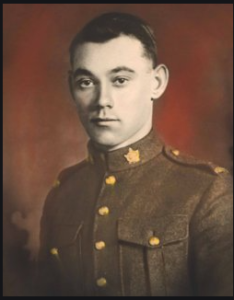
Private, George Lawrence Price, (1892-1918), 28th Canadian Infantry, the last British Empire soldier killed in WW1. Killed outside Mons, Belgium, by a sniper at 10.58am, on 11/11/1918, just two minutes before the Armistice. Born in Falmouth, Nova Scotia, Price was aged 25. Similarly, Canada lost 62,000 and 172,000 wounded, out of 600,000 enlistments, with 424,000 serving overseas. A casualty rate of approximately 39%. The small colony of Newfoundland also suffered 1,305 killed and several thousand wounded.
About 60% of Canadian Troops had been born in Britain. Canadians developed a formidable fighting reputation during WW1. They stood fast at Ypres in 1915, captured Regina Trench, the longest trench on the Somme in November 1916, climbed the heights of Vimy Ridge, captured Passchendaele in 1917, and entered Mons on November 11, 1918. 11,007 Canadians are commemorated at the Vimy Memorial in France. 71 VC’s were awarded to Canadians during WW1.
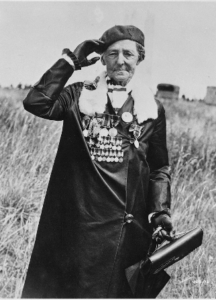
Mrs. Charlotte Susan Wood, of Chatham Kent and later Winnipeg, Manitoba. Mother of twelve sons who served in the war, five of whom were killed. She represented the Silver Cross Mothers of Canada at the unveiling of Canada’s National Memorial at Vimy Ridge, 26 July 1936. She wears the medals of her five dead sons. 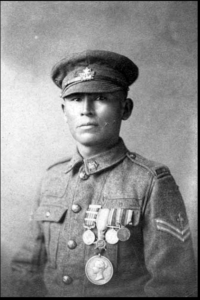
Francis Pegahmagabow, MM & Two Bars, a Canadian Sniper, credited with killing 378 Germans and capturing 300 more. -
South Africa. With a population of roughly 6 million, between 1914 and 1918, over 250,000 South Africans of all races voluntarily served their country. South Africa played an important strategic role for the Allies during WW1, by capturing two German Colonies in Africa and helping the Royal Navy, keep the vital sea lanes open to Australia, the Middle East and India. Economically, South Africa supplied two thirds of the Gold to the British Empire, which purchased vital war materials.
-
More than 231,000 South Africans served in South African Military Units during WW1 (146,000 whites, 83,000 blacks and 2,500 people of mixed race or Asians). They included 43,000 in German South-West Africa and 30,000 on the Western Front. An estimated 3,000 South Africans also joined the Royal Flying Corps. Thousand more South Africans served in the British Army directly. The total South African casualties during the war was about 18,600. An estimated, 7,000 South Africans were killed and nearly 12,000 were wounded, with more than 4,600 casualties in the European theatre alone. This was about 13% of those that served. Eight South Africans received the Victoria Cross during WW1. Two events have since become part of the nation’s consciousness, and are still commemorated today – the Battle of Delville Wood and the sinking of the troopship SS Mendi.
-
It is estimated that 1.3 million Indian enlisted to defend Britain during WW1. Of those, 400,000 were Muslim soldiers. The Indian Army formed and dispatched seven expeditionary forces overseas during World War I. Over one million Indian troops served overseas, of whom 62,000 died and another 67,000 were wounded. In total at least 74,187 Indian soldiers died during the war, about 7% of those that served. Indian Troops were crucial to bolstering the British Expeditionary Force in the early stages of the war, particularly at Neuve Chappelle and fought against the German Empire in German East Africa, and the Ottoman Empire in the Middle East. The India Gate, in New Delhi, built in 1931, commemorates the Indian soldiers who lost their lives during WW1. Eleven VC’s were awarded to Indian troops, during the war.
-
Africa. In all, about 2,350,000 Africans were mobilized between 1914 and 1918, while over 250,000 soldiers and carriers, as well as approximately 750,000 civilians perished in this effort. Many of these casualties were not buried to custom and have no known graves. 100,000 men from the African Colonies who acted as carriers and labourers for Britain died of disease and exhaustion, with another 18,000 killed in action. The war in East Africa, is largely forgotten, but it was where WW1 began for Britain and ended long after the Armistice. In the advance towards the radio station at Kamina on 7th August 1914, Alhaji Grunshi became the first soldier in British service to fire a shot in the war and on 22nd August 1914, at Togo, Lieutenant, George Masterman Thompson, became the first British officer killed in action in World War One. When war ended, news of the Armistice in 1918 did not reach many remote parts of Africa for months. To relieve pressure on the Western Front, Germany carried out a global war in Africa and Campaigns in the Cameroons and particularly East Africa saw the country ravaged by maverick armies. In 1914, the German Empire had four colonies in East, West and South Africa. France controlled North Africa and Britain held strong influence in the South. The war began when British and French forces invaded Togoland, the site of a key German wireless station, Kamina, which provided communications for German ships in the Atlantic.
 Africans were caught up in the fighting and often coerced by their respective colonial masters to fight both in Africa and abroad. For example, nearly a million people in Kenya, served Britain, either in the carrier corps, or in the King’s African Rifles. That was one quarter of the population and in places, like the Voi region, 75% of African adult men were involved in some form of military activity. Africans were divided by their colonial boundaries and often families were forced to fight against each other. The war in Africa was very mobile, fought in mud, dust, jungle and boiling heat, that caused disease and many casualties. The mobile war destroyed African infrastructure, villages and harvests which caused famine and misery for many innocent women and children caught up in the conflict. WWI resulted in seismic changes that are still at the root of conflicts in many African countries today. For many Africans, the end of WWI did not bring hope for liberation. Decades would pass and another world war would be fought before the decolonization of Africa could finally be celebrated.
Africans were caught up in the fighting and often coerced by their respective colonial masters to fight both in Africa and abroad. For example, nearly a million people in Kenya, served Britain, either in the carrier corps, or in the King’s African Rifles. That was one quarter of the population and in places, like the Voi region, 75% of African adult men were involved in some form of military activity. Africans were divided by their colonial boundaries and often families were forced to fight against each other. The war in Africa was very mobile, fought in mud, dust, jungle and boiling heat, that caused disease and many casualties. The mobile war destroyed African infrastructure, villages and harvests which caused famine and misery for many innocent women and children caught up in the conflict. WWI resulted in seismic changes that are still at the root of conflicts in many African countries today. For many Africans, the end of WWI did not bring hope for liberation. Decades would pass and another world war would be fought before the decolonization of Africa could finally be celebrated.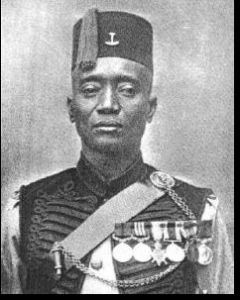
Sergeant, Alhaji Grunshi, DCM, MM, of the Gold Coast Regiment, was the first British serviceman to fire a shot in WW1, on 7th August 1914. -
Around 15,000 West Indians enlisted for Britain during WW1. It included 10,000 from Jamaica alone. Others came from Antigua, Trinidad and Tobago, Barbados, the Bahamas, British Honduras (Belize), Grenada, British Guiana (Guyana), the Leeward Islands, St Lucia and St Vincent. Twelve battalions of the British West Indies Regiment were raised, mainly as labourers in ammunition dumps and gun emplacements, often coming under heavy fire. Towards the end of the war, two battalions saw combat in Palestine and Jordan against the Turks of the Ottoman Empire.
-
In all, over six million people from the many Commonwealth nations, supported Britain during the WW1.

-
They came from five different continents. In 2021, an inquiry by the Commonwealth War Graves Commission reported that at least 116,000 casualties from WW1, most of whom were of African, Indian or Egyptian origin, “were not commemorated by name or possibly not commemorated at all”. But that figure could be as high as 350,000, it said. The true figure may never be known, but the Commonwealth’s contribution and sacrifice for Britain, should never be underestimated or forgotten.
These losses often had an adverse demographic effect on their nations. They were also faced with an economic cost of caring for the survivors, the war widows and their children. In Australia, for example, the long-term cost of medical care and welfare benefits to returned soldiers and the dependants of those who did not return, was on a scale never before encountered. A peak of 283,322 Australian war pensions were being paid in 1932. By 1938, only a year before the Second World War commenced, 77,000 incapacitated soldiers and 180,000 dependants remained on pensions that by then had cost Australia nearly 148 million pounds. Their associated medical bills ran to another 8.5 million pounds.
There was growing assertiveness amongst Commonwealth nations after World War 1. Battles, such as Gallipoli, for Australia and New Zealand, Vimy Ridge, for Canada, Neuve Chapelle for India, led to increasing national pride and identity. There was a greater reluctance to remain subordinate to Britain, leading to the growth of diplomatic autonomy in the 1920’s. Loyal Dominions, such as Newfoundland, were deeply disillusioned by Britain’s apparent disregard for their soldiers, eventually leading to the unification of Newfoundland with the Confederation of Canada. Colonies, such as India and Nigeria also became increasingly assertive because of their participation in the war. The populations in these countries became increasingly aware of their own power and Britain’s fragility.
In Ireland, the delay in finding a resolution to the home rule issue, partly caused by the war, as well as the 1916 Easter Rising and a failed attempt to introduce conscription in Ireland, increased support for separatist radicals. This led indirectly to the outbreak of the Irish War of Independence in 1919. The creation of the Irish Free State that followed this conflict, in effect represented a territorial loss for the United Kingdom, that was all but equal to the loss sustained by Germany, (and furthermore, compared to Germany, a much greater loss in terms of its ratio to the country’s pre-war territory). Ireland lost over 38,000 men in the war. Many more Irishmen died, serving with British regiments and the Commonwealth nations. Ireland’s true casualty figure may never been known. There was no triumphant welcome for Irish Soldiers returning to Southern Ireland. They were largely shunned and met open hostility for supporting Britain during the war.
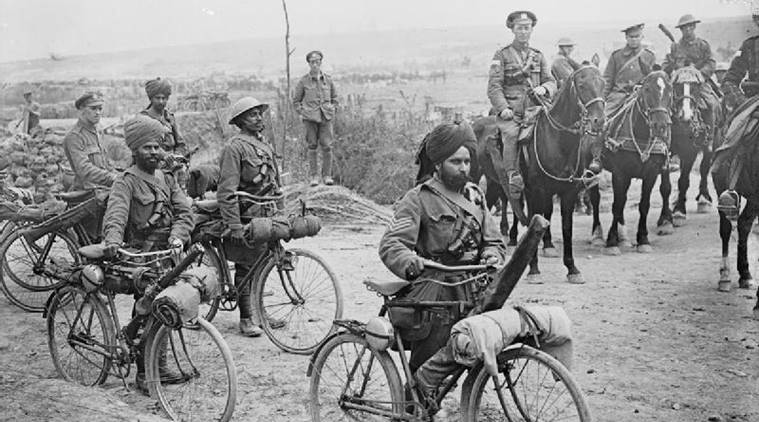


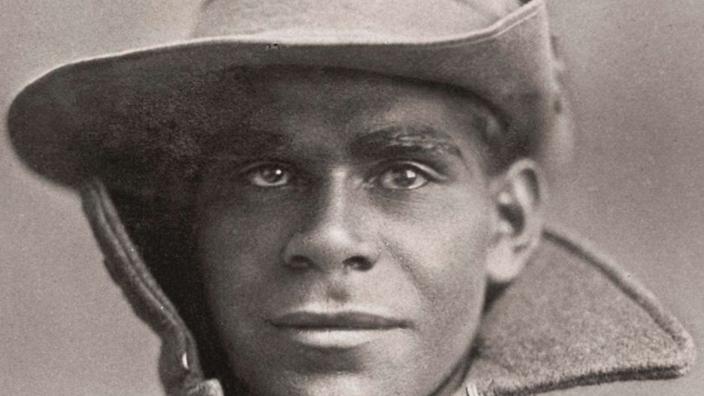
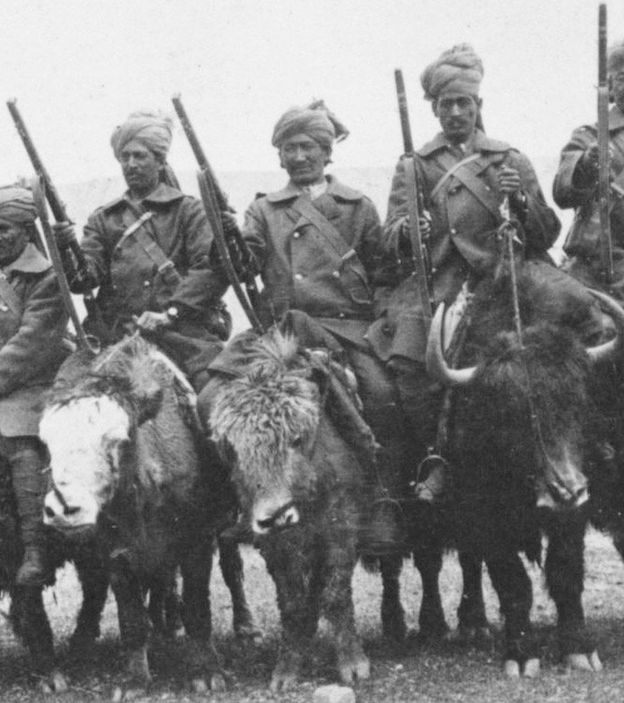


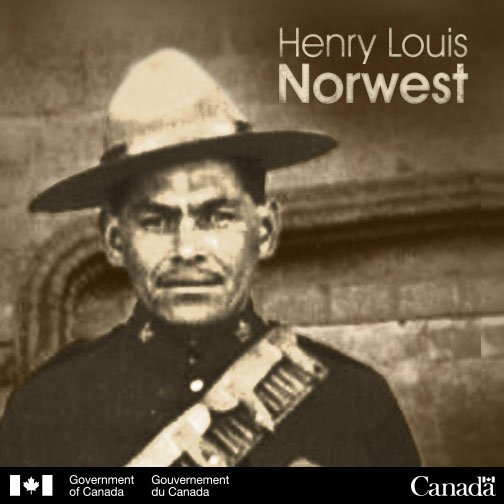
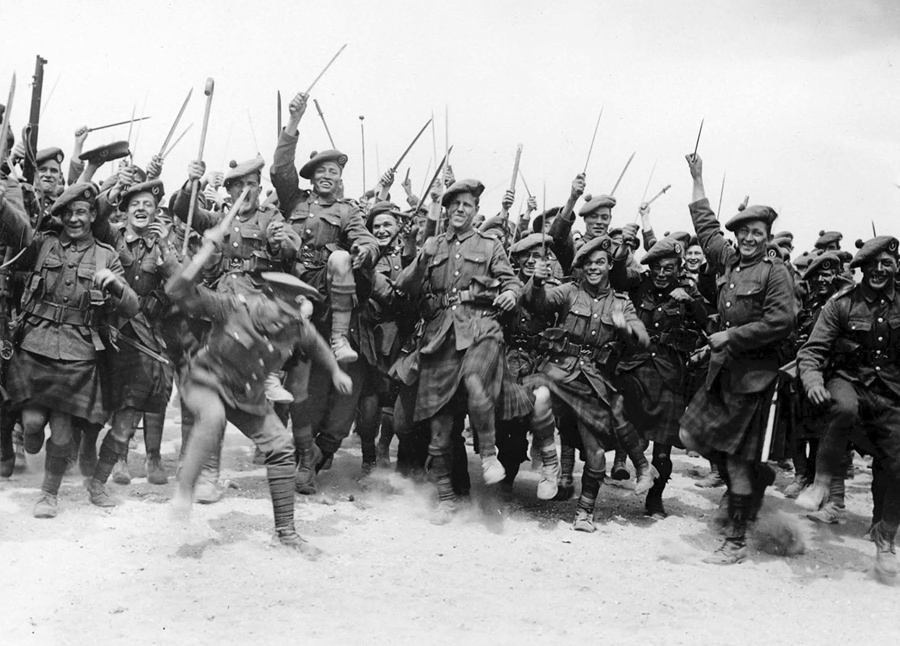
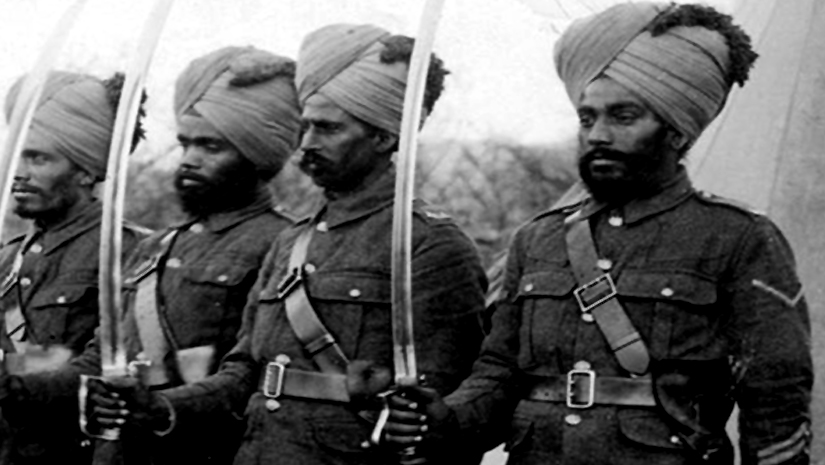

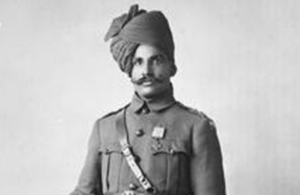

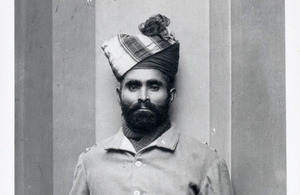


https://www.nam.ac.uk/explore/commonwealth-and-first-world-war